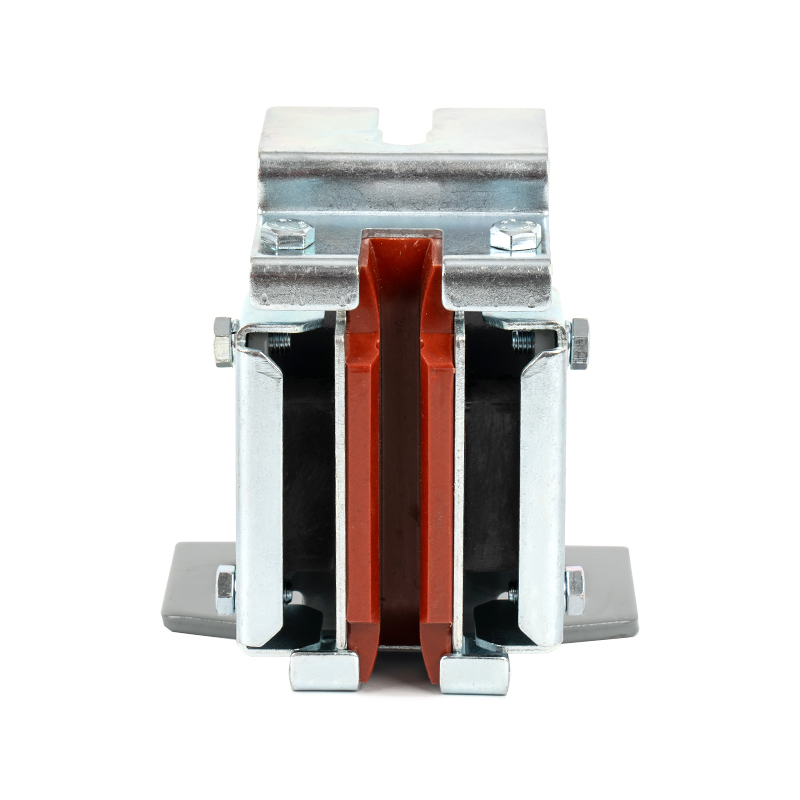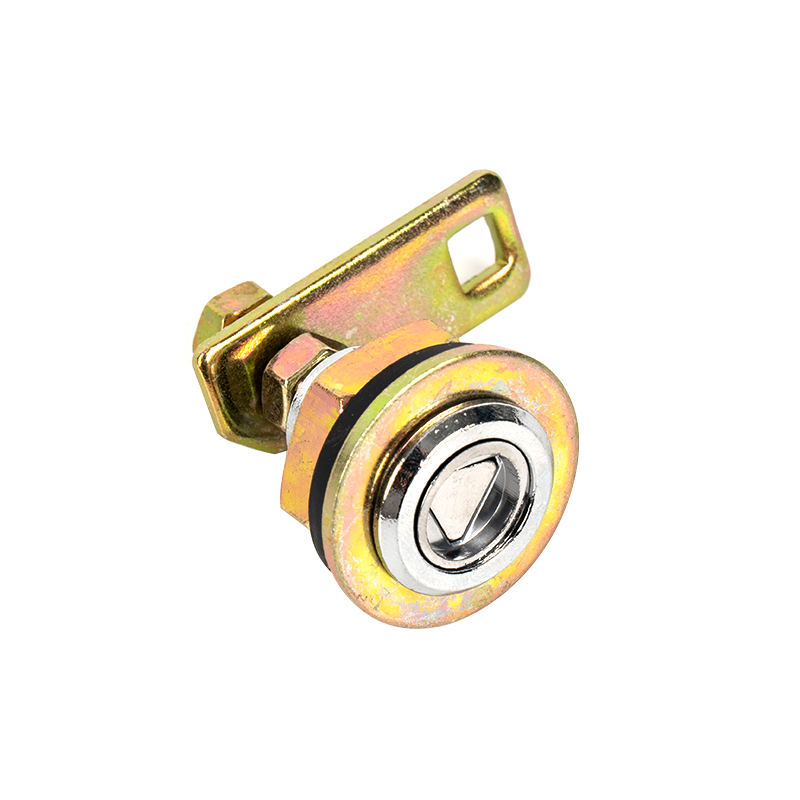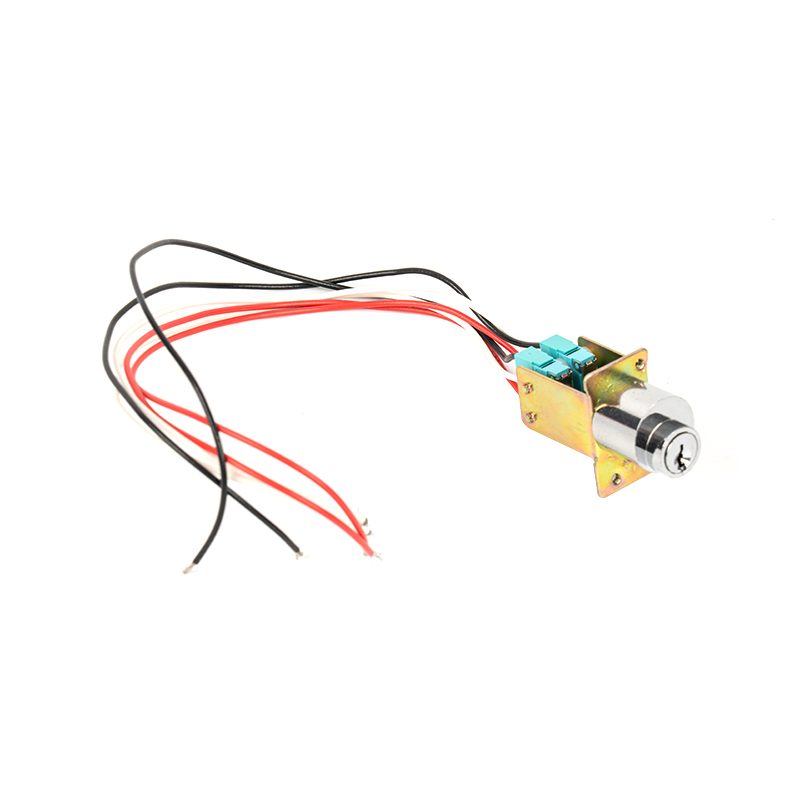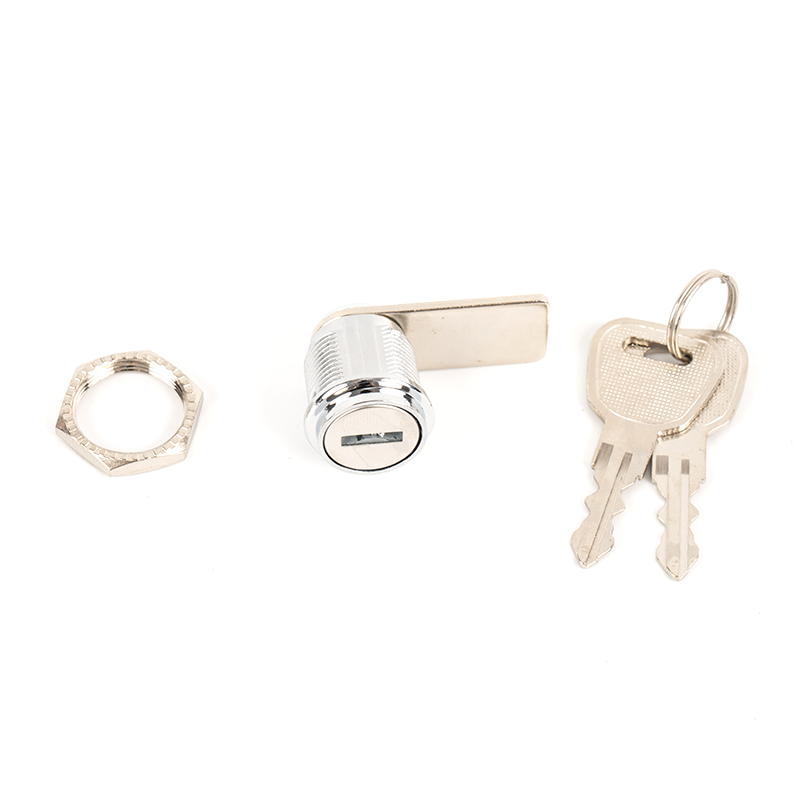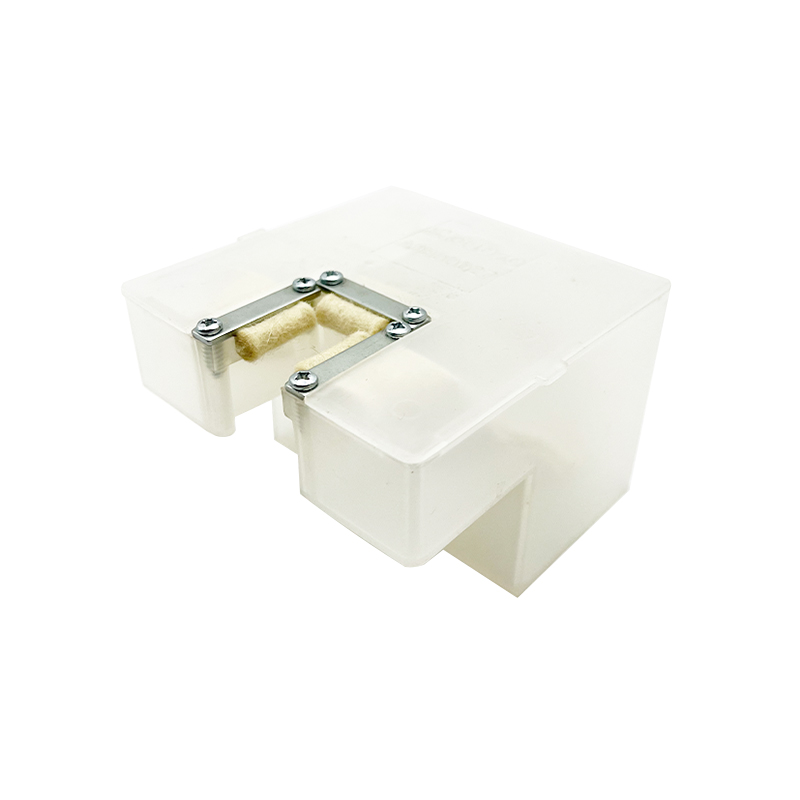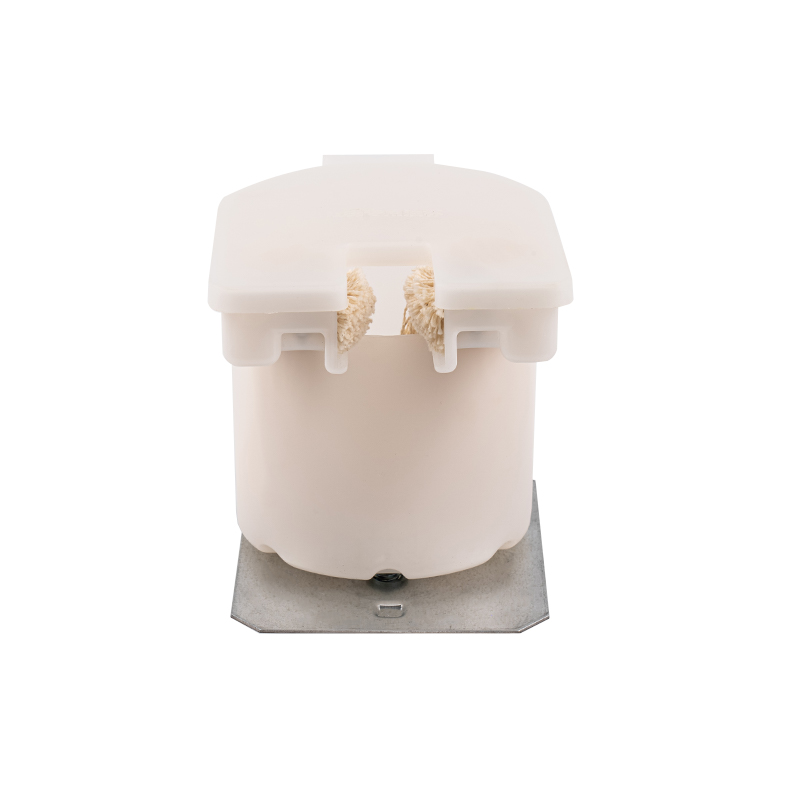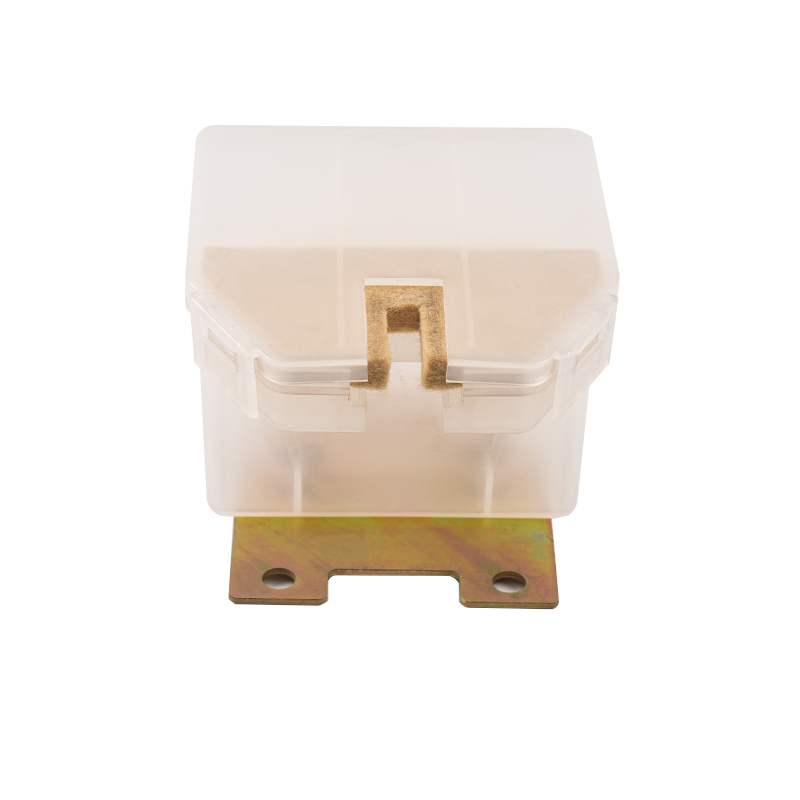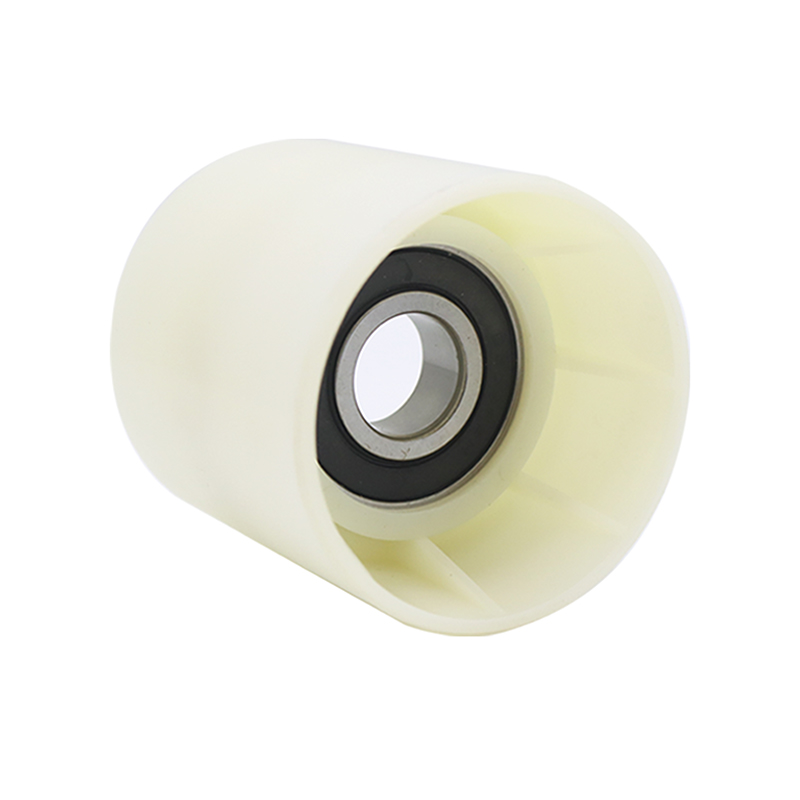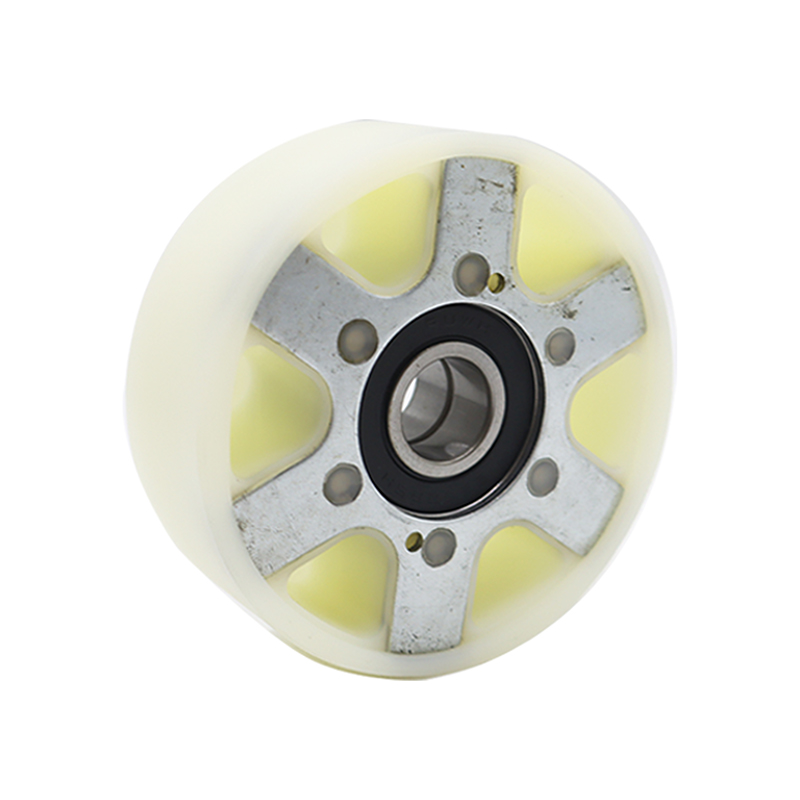As the core component of the lubrication system of key components such as traction machines and guide rails, the installation quality of the elevator oil cup directly affects the smoothness and life of the elevator. Incorrect installation may lead to oil leakage, insufficient lubrication, impurity intrusion and other problems, which may cause equipment wear and even safety accidents.
1. Preparation before installing the oil cup
Confirm that the oil cup model matches the equipment
Check whether the oil cup specifications (capacity, interface size) are consistent with the elevator model
Check whether the oil cup material (copper/stainless steel) is suitable for the working environment (high temperature, humidity, etc.)
Clean the installation site
Wipe the oil cup seat with non-woven cloth to ensure that there are no metal debris or old oil stains
For threaded interfaces, use a tap to clean the carbon deposits in the threads (to avoid poor sealing)
2. Oil cup installation specifications (6 key steps)
- Sealing treatment
Threaded interface: Wrap raw tape (3-4 turns) or apply sealant
Flange interface: Replace new O-ring (silicone or fluororubber material)
- Installation angle and position
Traction machine oil cup: tilt angle ≤15° to ensure that the oil flows naturally into the bearing
Guide rail oil cup: vertical installation, ≤200mm from the guide rail joint
- Fixed torque control
|
Oil cup type |
Recommended torque (N·m) |
Tools |
|
M12 threaded oil cup |
25-30 |
Torque wrench |
|
Flange oil cup |
40-45 |
Cross wrench |
- Check the connection of the oil pipe
Copper pipe/nylon pipe has no bends (bending radius ≥ 5 times the pipe diameter)
Anti-drop clamps are installed at the interface
- Oil filling and exhaust
Add oil to 2/3 of the oil window for the first time, and manually pump oil to remove air from the pipeline
Run the elevator up and down 3 times without load, and add oil to the standard liquid level
- Running test
Listen for abnormal friction sound at the bearing
Check that the oil cup and pipeline have no leakage for 24 hours

3. FAQs about elevator oil cups
- Q1: What is the function of an elevator oil cup?
Core functions:
Store lubricating oil to provide continuous lubrication for traction machine bearings, guide rails and other components
Filter impurities such as metal debris (some oil cups contain filter designs)
Observe the oil status through a transparent window (contamination/deterioration/insufficiency)
- Q2: How to deal with oil cup leakage in an emergency?
Emergency steps:
Stop the elevator immediately and turn off the power
Absorb the leaked oil with oil-absorbing cotton (to prevent contamination of the shaft)
Check the oil leak point:
Loose threads → tighten
Aging seals → replace (preferably fluororubber)
Test run after adding oil to the standard liquid level
- Q3: How often does the oil cup need to be replaced?
Replacement standards:
Copper/stainless steel oil cups: 5-8 years (or when cracks or thread slippage occur)
Plastic oil cups: 3-5 years (need to be replaced when aging and brittle)
Abnormal conditions: Emulsified oil (whitening) and damaged filters need to be replaced immediately
- Q4: How to determine if the oil cup needs to be cleaned?
Self-check method:
Observe the oil: turbid or with metal particles (magnet adsorption verification)
Filter inspection: impurity coverage area > 50%
Oil level drop rate: monthly loss > 15%, need to be checked


 English
English 中文简体
中文简体
